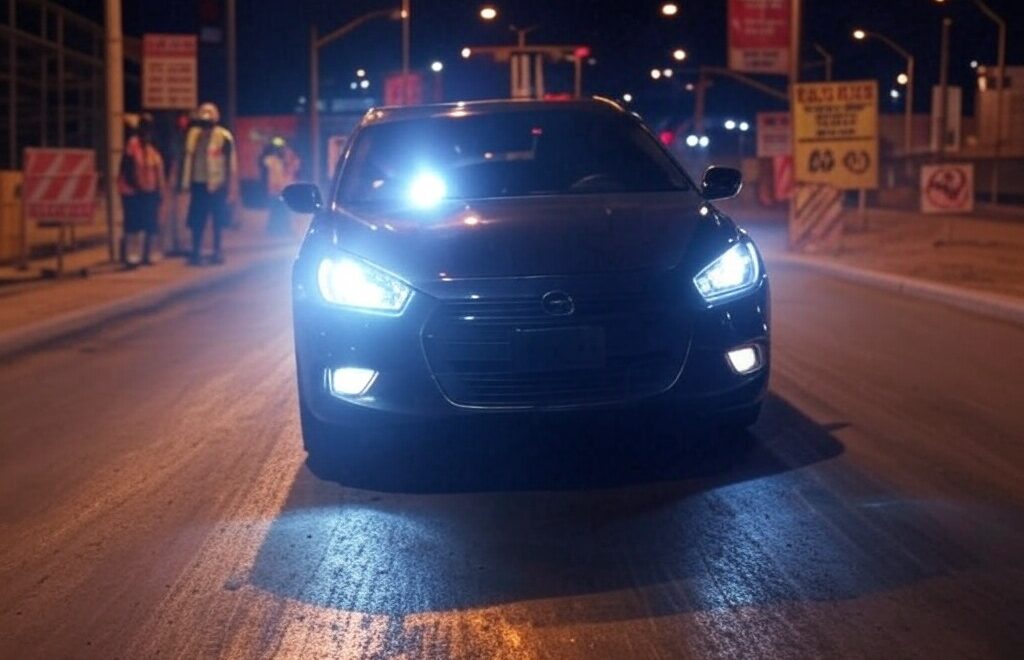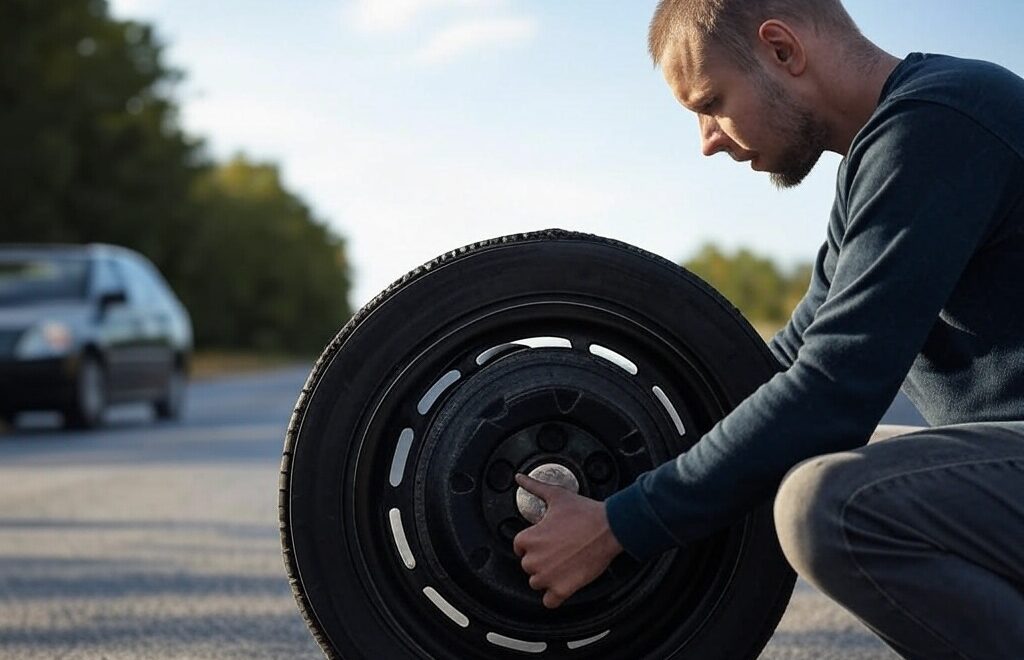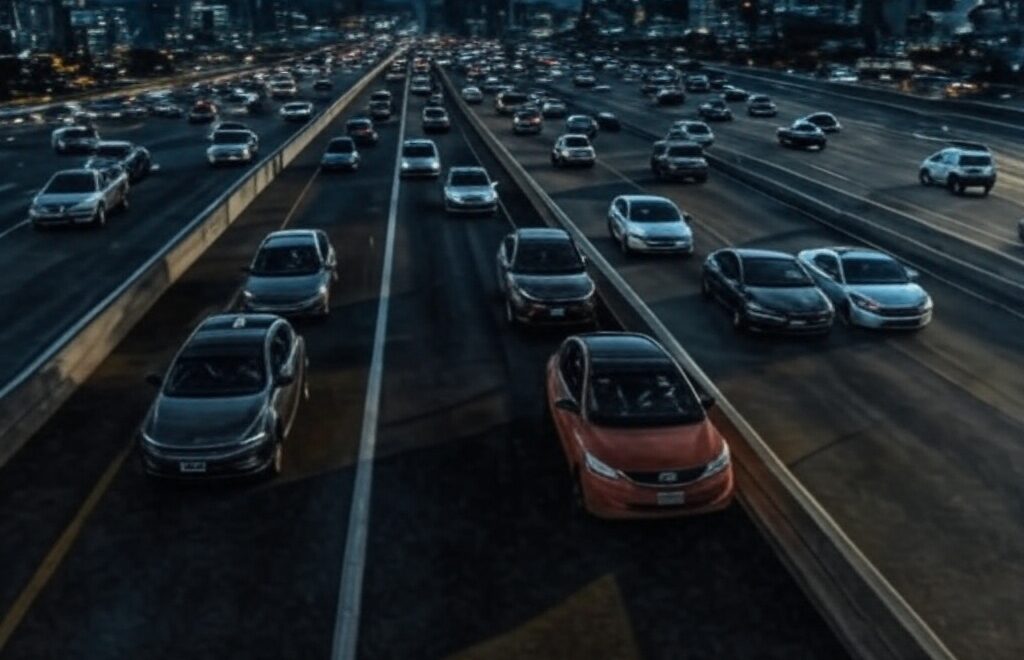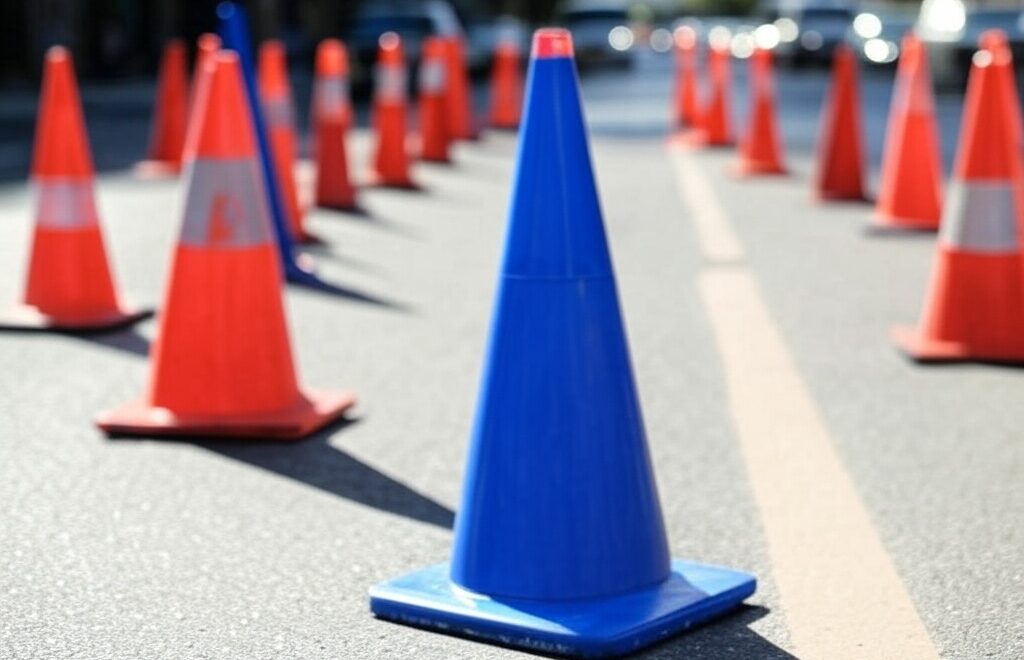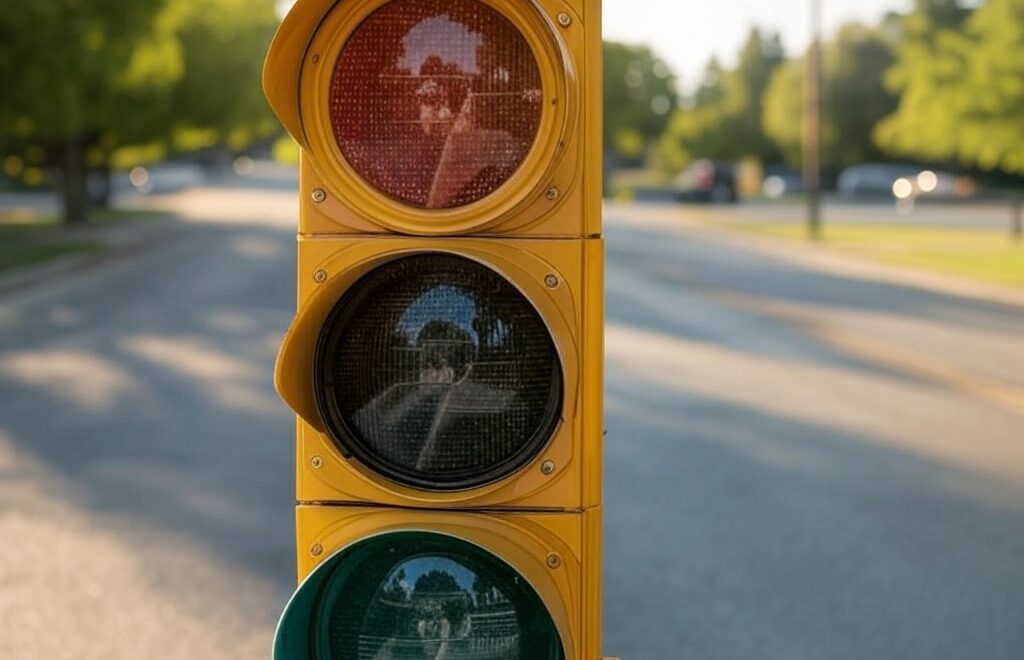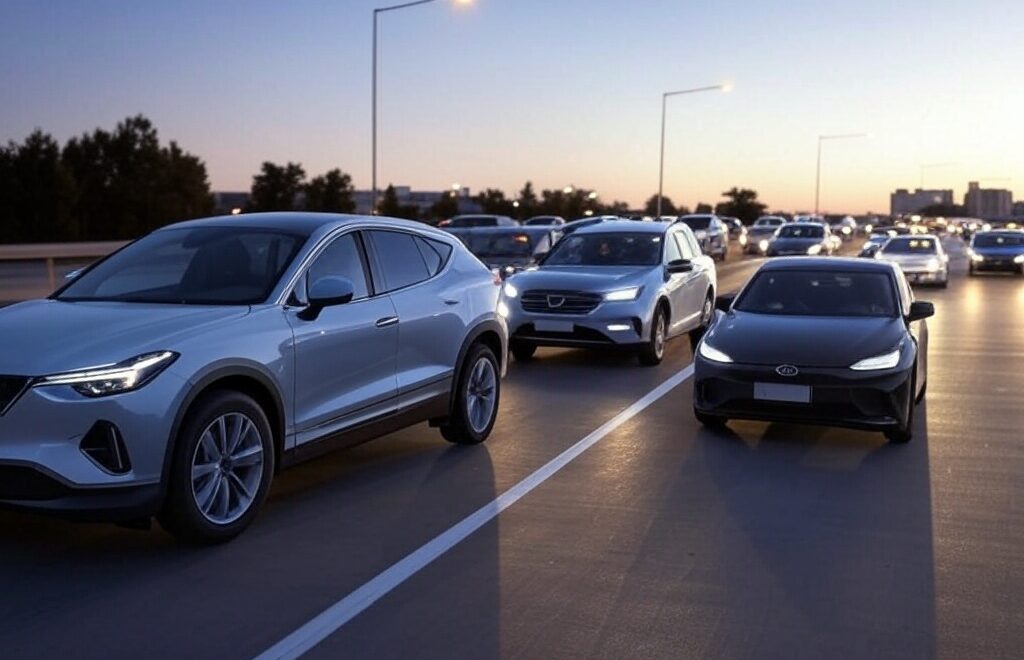Why Do People Steal Traffic Cones?
A Look at Psychology, Society, Pop Culture, and Legal Consequences
Introduction
Stealing a traffic cone might sound random at best and pointless at worst—yet it’s surprisingly common. From college dorms proudly sporting neon-orange souvenirs to social media posts celebrating quirky cone rescues, this odd phenomenon raises a question: why on Earth do people do it? Below, we delve into the psychology, sociology, lighter pop culture angles, and the legal repercussions behind traffic cone theft in the United States.
1. The Psychological Angle
Rebellion and Thrill:
Traffic cones are public property—clearly not meant for private collecting. Yet, a small act of defiance can be exciting. Swiping a cone provides a fleeting “rush” because it’s mischievous, but generally perceived as low-stakes compared to bigger crimes.
Peer Pressure and Group Dares:
The simple moment of “I dare you to grab that cone” often seals the deal. In a group setting—especially among friends—this quick challenge becomes an entertaining anecdote. Many cone thieves admit they did it on impulse or when a friend egged them on.
Feeling of Ownership:
Cones often look “unclaimed,” sitting outside without direct supervision. This perceived detachment can lead people to rationalize that taking it isn’t truly hurting anyone. Of course, the reality is different: cones are crucial for public safety and traffic control.
2. A Sociological View
Who’s Doing It?
Most stories about cone theft involve young adults—commonly college students. Dorm rooms adorned with “borrowed” cones aren’t unheard of, especially in party-centric college towns. That said, there have been incidents involving older adults, too—sometimes even using stolen cones to reserve their own parking spots.
Where and When:
Theft often happens at night or during holidays and events where crowds gather (think block parties, college homecomings, and festivals). Alcohol can also lower inhibitions. The result: a once-strict rule follower might morph into someone who decides a bright orange souvenir is just too tempting.
Impacts on Public Services:
Believe it or not, traffic cone theft can become a budgetary concern for cities. Departments of Transportation and Public Works need to reorder cones regularly because so many go missing. This cost eventually trickles down to taxpayers.
3. Humor, Memes, and Pop Culture
Social Media Moments:
Cones are visually iconic—bright, tall, and shaped perfectly for silly “cone hats” or comedic videos. It’s no wonder social media is awash with photos of people posing with traffic cones after a night out. This playful imagery has transformed the cone into a weird sort of internet celebrity.
Campus Lore:
From informal competitions to see who can collect the most cones to comedic “pranks” staged in dorm lobbies, cone theft is an oft-retold tale in college folklore. It’s one of those odd, harmless-seeming comedic rites of passage for some students.
Beyond the States:
While focusing on the U.S., it’s fun to note that cone humor is global. In Glasgow, Scotland, a famous statue of the Duke of Wellington is perpetually topped with a traffic cone—a local tradition so beloved that attempts to stop it have repeatedly failed. Though not exactly “theft,” it shows how deeply entrenched cone hijinks have become worldwide.
4. Stats and Notable Examples
- One million cones stolen? Some estimates suggest that as many as a million cones disappear from American streets each year. Not all vanish due to theft; some are destroyed or lost. Still, theft accounts for a significant chunk.
- Philadelphia: The city reportedly has to buy thousands of replacement cones annually, often because the originals “walk away.”
- Connecticut: One town started a social media campaign asking residents to return cones taken during storms, as nearly all of them had vanished overnight.
These real-world anecdotes highlight how minor pranks can add up to major headaches for municipalities.
5. Legal Consequences and Enforcement
Is It Illegal?
Yes. Even though a traffic cone might cost only $20–30, it’s still government or contractor property, so taking one constitutes theft. If you’re caught, penalties vary by state but may include fines or even misdemeanor charges.
Enforcement Reality:
Police might not prioritize every missing cone, but if they catch someone red-handed—especially if the theft leads to a hazardous situation—expect legal trouble. In certain places, a rash of cone thefts has led to stricter crackdowns, including arrests.
Safety Risk:
Apart from legal risks, removing cones can endanger drivers and pedestrians. Cones mark hazards like potholes or temporary lanes. When they disappear, accidents become more likely.
Conclusion
Whether it’s for the thrill, a social dare, a comedic Instagram post, or a misguided plan to claim a parking space, traffic cone theft is a peculiar phenomenon with broader consequences than one might expect. In the U.S., it’s mostly fueled by the fun of rebellion and a dash of peer pressure, but it also wastes city resources and risks public safety. So next time you see a cone sitting quietly by the roadside, remember it has an important job—maybe think twice before turning it into your next novelty souvenir.



